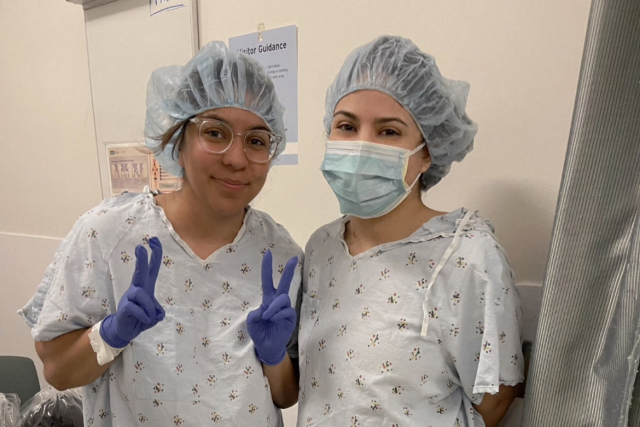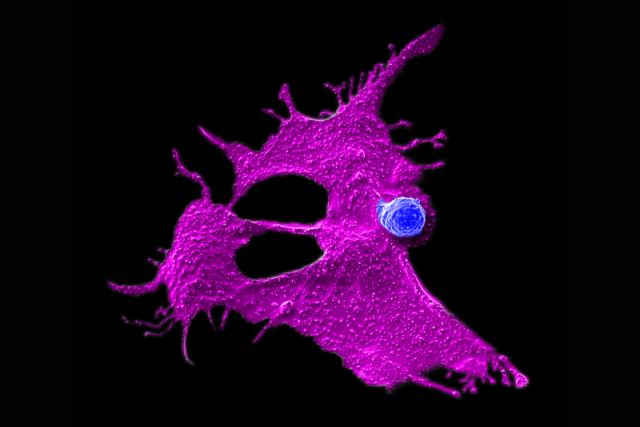Veterans living in California who have cardiometabolic conditions such as diabetes and high blood pressure experience significantly higher risk of dying during heat waves compared to cooler days, UCLA-led research finds.
The study, published in the peer-reviewed JAMA Network Open, demonstrates the danger that heat waves can pose for people with heart disease and risk factors for heart disease, whether or not they are veterans, said Dr. Evan Shannon, assistant professor-in-residence at the David Geffen School of Medicine at UCLA and the study’s lead author. Veterans are particularly vulnerable to these heat events because they tend to be older, are likelier to have health issues such as heart disease and be on medications that can increase their mortality risk from heat exposure, and are frequently unhoused or live in low-income urban areas where the dense, built environment traps heat – the “urban heat islands.”
“This was among the first studies to examine the association of extreme heat and mortality in veteran VA users,” said Shannon, who also holds an appointment with VA Greater Los Angeles Healthcare System. “Although VA users have reduced barriers to healthcare access and dedicated programs to address health-related social factors, veterans with underlying risk factors for heart disease, including those with common conditions such as hypertension and diabetes, remain at risk of death during heat waves.”
The researchers analyzed administrative and electronic health record data from the VA Corporate Data Warehouse and found that about 13,600 California veterans with underlying cardiometabolic conditions, 98% of whom were male, died during fiscal years 2016 through 2021.
Overall, they found that veterans stood a 10% to 14% higher risk of dying during days with extreme heat (defined as temperatures above the 95th percentile of historical average temperatures) compared with other days. Those living in more disadvantaged neighborhoods faced 44% greater odds of dying on those days compared with 12% of veterans residing in more affluent areas. Homeless veterans experienced a 25% higher risk of death vs. 12% for housed veterans.
“Although this study was performed at the VA and only included veterans, we expect the findings to apply to non-Veterans as well,” Shannon said.
Several factors limit the findings, the researchers note. Among them, they assumed, but could not verify, that the patients were at or near their home on a given day; they did not have any measure of indoor heat, so could not determine if any had air conditioning; their definition of homelessness does not distinguish between sheltered and unsheltered individuals, and the findings may not apply to people outside of California.
As a next step, the researchers will work to determine any association between heat waves and hospitalizations or emergency department visits at both VA and non-VA medical centers, Shannon said. In addition, he is also working toward developing a toolkit to protect unhoused veterans from extreme heat.
“Given the projected increase in [extreme heat events] as global average temperatures rise, the VA and other integrated healthcare systems must develop heat preparedness and response plans to protect people from heat-related morbidity and mortality,” the researchers write.
Study co-authors are Lillian Chen, Dr. Sonya Gabrielian, Dr. David Eisenman, and Dr. Donna Washington of UCLA, Anita Yuan of VA Greater Los Angeles Healthcare System, and Dr. Aarthi Chary of Stanford University and VA Paolo Alto Healthcare System. Gabrielian and Washington also have appointments with VA Greater Los Angeles Healthcare System.
The UCLA-UCI Center for Elimination Cardio-Metabolic Disparities in Multi-Ethnic Populations (NIMHD P50MD017366) funded the study.






